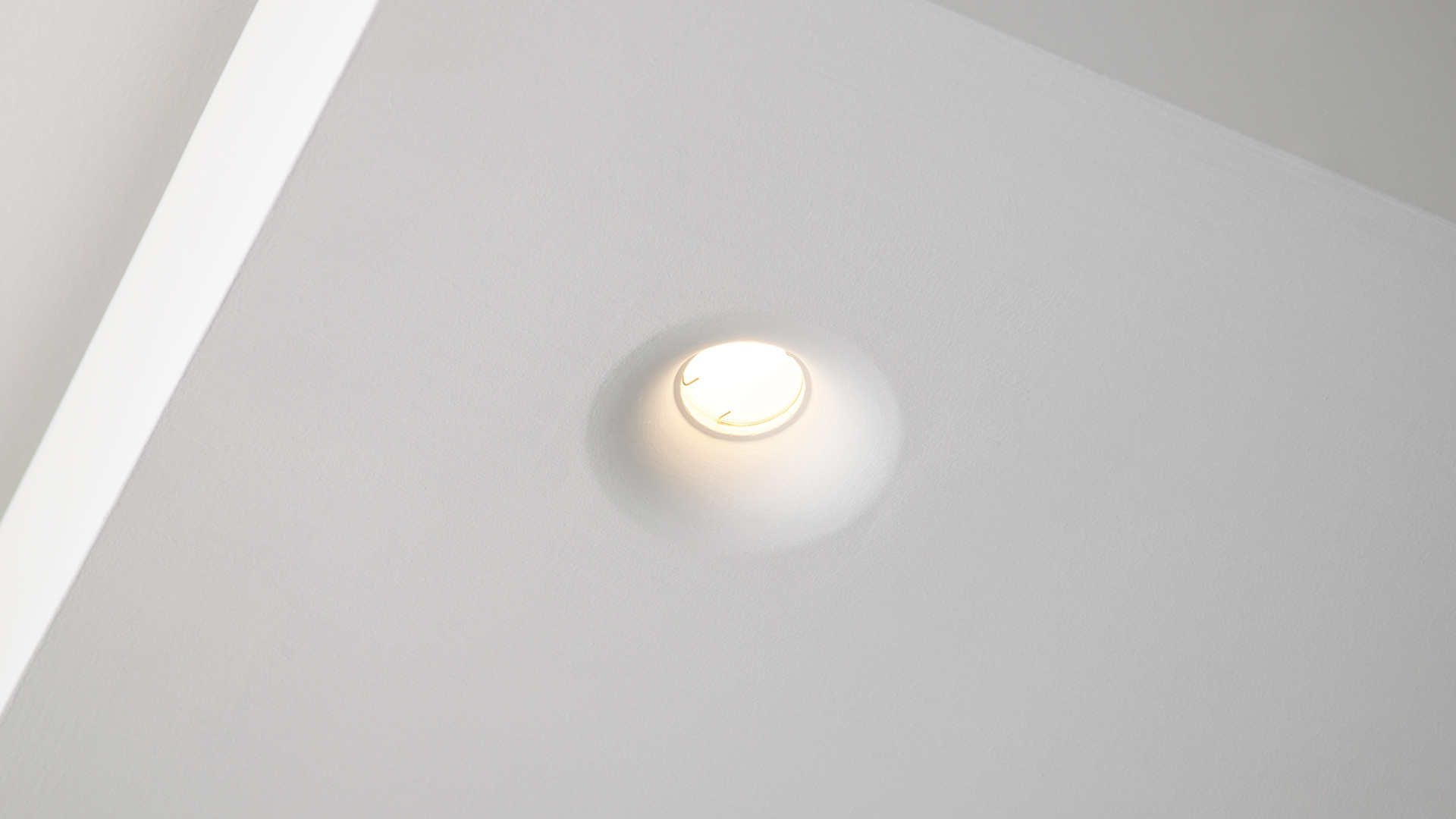
In the lighting industry, selecting suitable products requires consideration of various factors, including aesthetics, performance, and resistance to external elements. In this context, the IP protection rating plays a crucial role, providing precise indications of a device's ability to resist the ingress of dust and water.
This article aims to delve into the characteristics of the IP protection rating, explaining its meaning, structure, and importance in choosing LED lighting fixtures for various projects.
What is the ingress protection rating?
The IP protection rating, an acronym derived from "Ingress Protection," is an international standard defined by the International Electrotechnical Commission (IEC) and specified in the IEC 60529 standard. This standard classifies and evaluates the degree of protection provided by electrical enclosures against the penetration of solid objects and liquids.
Simply put, the IP protection rating indicates how resistant a device is to dust, dirt, water jets, and even immersion in water. This information is crucial to ensure proper functioning and safety of lighting in specific contexts, where external agents could damage internal components.
How is the IP protection rating classified?
The IP protection rating is represented by an alphanumeric code consisting of two digits:
First digit: indicates the level of protection against the ingress of solid objects. It ranges from 0 to 6, where 0 represents no protection and 6 the maximum protection (dust resistance).
Second digit: indicates the level of protection against the ingress of liquids. It ranges from 0 to 9, where 0 represents no protection and 9 the maximum protection (prolonged immersion).
For example, an IP65 rating indicates that the device is completely protected from dust (6) and resistant to powerful water jets (5). In addition to the two basic digits, the IP code may also include two supplementary letters:
first digit: indicates the level of protection against access to hazardous parts. It can take values from A to D, where A indicates the highest protection.
second digit: indicates protection against specific external agents, such as corrosion or condensation.
Why is the IP protection rating important?
For designers working in the lighting sector, knowledge of the IP protection rating is essential for several reasons:
selecting products suitable for the environment: depending on the characteristics of the environment where the lighting fixture will be installed, it is necessary to choose a product with an appropriate ingress protection rating. For example, in outdoor environments exposed to rain and wind, a high IP rating such as IP66 or IP68 will be necessary.
Ensuring optimal performance: an appropriate ingress protection rating helps protect the internal components of the device from external agents that could cause malfunctions or permanent damage.
Meeting regulatory requirements: in many contexts, current regulations impose specific requirements for the ingress protection rating of lighting fixtures. For example, in industrial installations or environments with the presence of water, it is mandatory to use fixtures with an adequate IP rating.
Ensuring safety: an appropriate ingress protection rating helps ensure user safety, avoiding the risk of accidents caused by water ingress or accidental contact with live electrical parts.
How to choose the correct ingress protection rating
Choosing the correct IP protection rating depends on several factors, including:
installation environment: in dry indoor environments, such as homes or offices, an IP20 rating is sufficient. In outdoor or humid environments, such as bathrooms, pools, or gardens, a higher IP rating is required, such as IP44 or IP65.
Type of fixture: Spotlights and pendant lamps generally require a higher IP rating than ceiling or wall-mounted fixtures.
Installation method: Recessed or surface-mounted installations influence the choice of IP rating. In case of doubt, it is always advisable to consult a professional LED lighting expert to choose the most suitable IP protection rating for your needs.
Conclusions
The Ingress Protection Rating is an essential aspect to consider when choosing LED lighting fixtures. Choosing the correct ingress rating ensures safety, reliability, compliance with regulations, and optimizes the performance of the lighting system. 9010novantadieci offers a wide range of products with different IP ratings.
In particular, indoor LED lamps have an IP20 rating. This means they are protected against the ingress of solid objects larger than 12 mm, such as fingers or coarse dust. They are perfect for indoor environments such as offices, homes, and shops, where there is no risk of exposure to water or air jets.
Outdoor LED lamps, on the other hand, have an IP65 rating. This means they are completely protected against dust ingress and resistant to powerful water jets from all directions. They are ideal for outdoor environments such as gardens, terraces, driveways, and areas exposed to the elements.
Moreover, all our lamps are designed and handcrafted in Italy, specifically in Nove, a city with a centuries-old tradition of producing artistic ceramics. Our experts are available to provide personalized consultation and help you choose the lighting solution that best suits your needs. Together, we can illuminate your project with cutting-edge design and technology solutions.